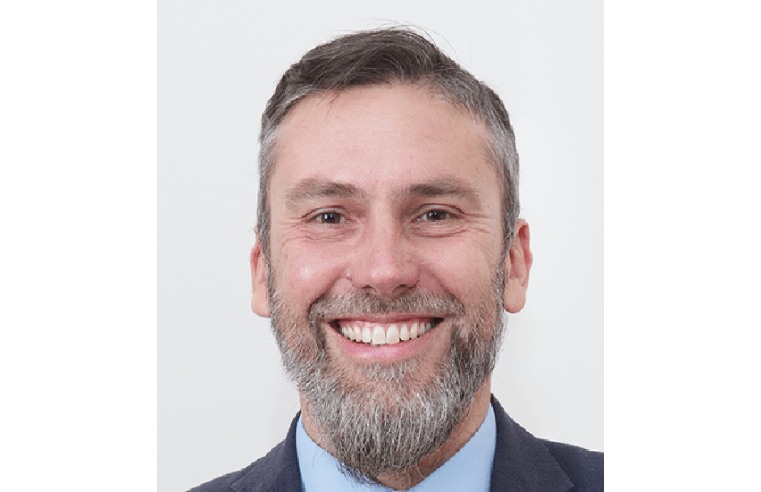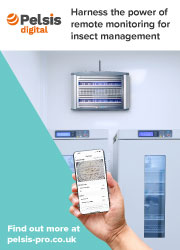Ash Crompton, Commercial Director, EMEA at nVent, looks at ways to reduce the causes and consequences of an electrical fire in a data centre.
In 2021, nearly 800,000 new websites will be created every day. In order to host the data from these sites as well as existing data from companies worldwide, there are nearly 5,000 data centres located around the globe. In 2021, there are 284 in the UK. Regardless of their composition or location, data centres all face the same potential risks: cyber-attacks (hacking, data theft, espionage), vandalism (theft of equipment, server breakage, arson), weather risks (floods, earthquakes and heatwaves) but the most important and damaging remains that of electrical fires.
Numerous and persistent threats
Data centres are prone to hazards and heavy power loads and a defective piece of equipment can quickly lead to a short circuit or overheating. Typically, electrical fires are caused by faulty electrical installations or equipment, surges, short circuits, leakage currents, and electric arcs due to the degradation of insulation and connections in old or poorly maintained installations. The potential points of origin for fires are located throughout the electrical chain include: inverters, batteries, electrical cabinets, generators, fuel tanks, cables, servers, etc.
The amount of electricity required to keep data centres running alongside the combustible materials used also poses the risk of electrical fires. Extensive cabling and poor ventilation or air conditioning increases the risk of spreading the fire.
The weather can also be damaging, a heatwave, for example, can cause servers to overheat, especially in data centres with an air conditioning system that uses outside air to cool the equipment.
Disastrous consequences
The materials of which data centres are composed are particularly combustible (cables, electronic components, transformers, etc.) and a fire can be devastating.
At the human level, data centres have teams on site who are potentially at risk in the event of a fire, mainly due to the risk of flames or smoke emissions which can be corrosive and which reduce visibility in the event of evacuation and emergency intervention. In the case of data centres located in populated areas, the risk to people living nearby must also be taken into account.
At an economic level the fire that broke out in an OVH datacentre in Strasbourg recently led to the shutdown of 3.6m websites for several days, a huge blow to e-commerce markets across Europe.
The damage is generally divided into material (physical destruction of servers and equipment on site) and immaterial (loss of professional data for hosted companies, closure of their sites and servers). The costs can then be staggering with the construction of a large data centre costing hundreds of millions of dollars and the financial cost to companies for using them, according to Gartner, is an average of $5,600 per minute, and up to 540,000 per hour for the largest companies.
Finally, the environmental impact should not be overlooked: data centres are filled with electronic components and rare metals, materials that can pollute the environment. In addition, there are fumes from the melting of plastics surrounding the electrical cables that could cause harmful airborne emissions for anyone present, as well as causing further risk of contamination and pollution.
What can be done about the risk of an electrical fire?
Although the causes of a fire affecting a building can be multiple, human negligence, thermal or even electrostatic or chemical, nearly a quarter of those recently assessed were due to a defective electrical installation: a short-circuit, an overcurrent or a surge.
It is therefore incumbent on data centres to launch regular compliance audits, in order to keep up with successive regulations and to insist on prevention. For example, they can implement better fire detection systems and use more modern technologies such as thermal cameras to detect heat islands.
Among other innovative power and electrical connection technology solutions, data centres can look to flexible, lugless conductors that are not yet widely used in the industry combined with high-strength, low-smoke, halogen-free, flame-retardant thermoplastic insulation. Ideal alternatives to heavy gauge cables or rigid copper rods, these flexible, electrolytically tinned copper insulated rods reduce the contact area with copper conductors and can be used even in environments exceeding 100 degrees Celsius - essential for data centres.
Halogen-free, flame retardant insulation (glow-wire tested at 960°C to IEC 60695-2 and self-extinguishing to UL 94-V0) provides these solutions with benefits such as reduced toxic smoke (to IEC 60754-1, IEC 62821-1 and UL 2885) and fire spread, with the ultimate goal of preserving the electrical installation.
In addition to the obvious safety gains, these systems also offer several advantages, including cost savings, as they eliminate the need to install the terminal lugs required for wire connections. Compact and easy to maintain, these solutions also reduce the risk of human error. Finally, they optimise the design of electrical connections by multiplying and improving the possibilities of connection.
Standards, fire prevention systems, innovative electrical solutions: all the conditions are in place to enable data centre owners to upgrade their sites and better control fire risks. This is all the more important in view of the fact that in the future, new sectors such as banking will have an increasing requirement for data centre use and will be even more demanding in terms of the security of the centres where their data is hosted. More importantly, the environmental and human impact when things go wrong, will become an increasingly important consideration for data centre owners and managers who will be focussed on investing in the best ways to mitigate that risk.



































